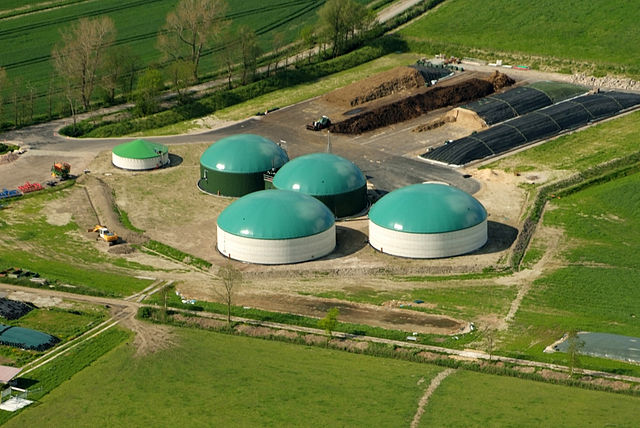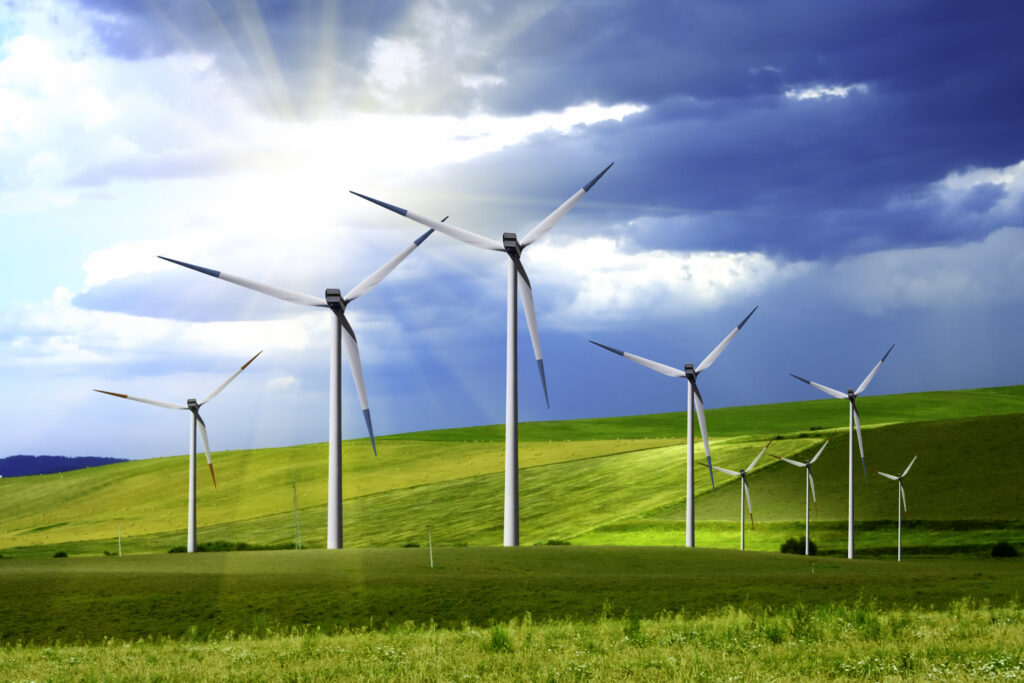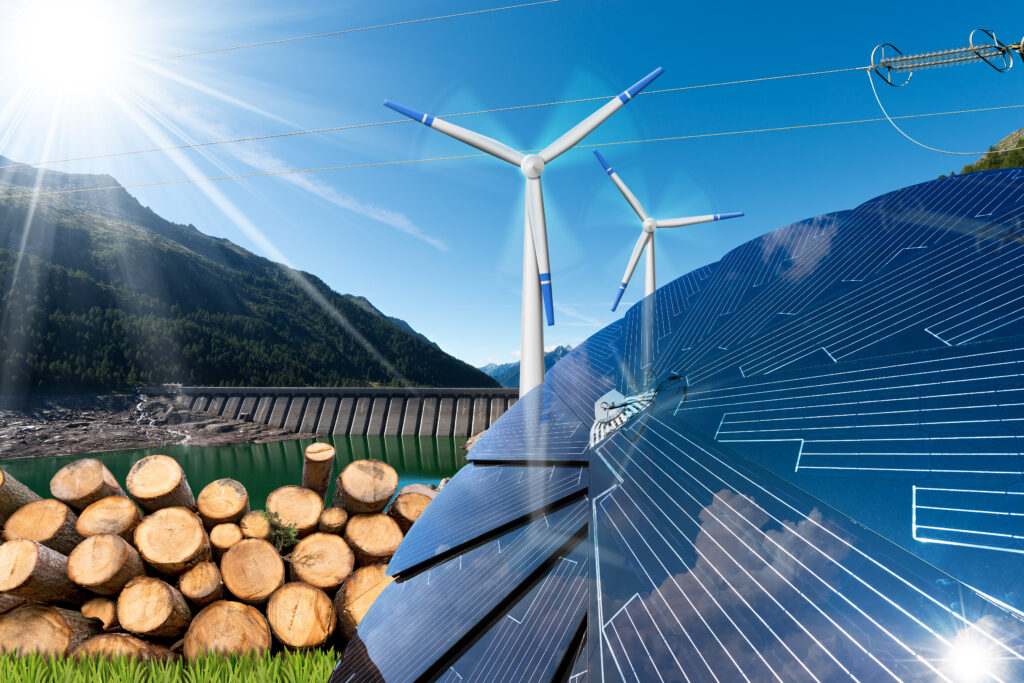Spis treści
The government bill on facilitating the preparation and implementation of investments in agricultural biogas plants, as well as their operation, is now awaiting the final vote in the Sejm. According to the agenda of the current meeting, this is to take place on Thursday (July 13).
Although this was planned last week, the final decision on the fate of the amendments submitted in the Senate (mainly of an editorial and clarifying nature) was postponed to the next session, which is the penultimate one in this parliamentary term.
The special act itself enjoys strong support from all political forces. The bill was submitted to the upper house after a vote in which 449 members were in favor and there were no votes against or abstentions. However, the Senate returned it to the Sejm with 94 votes in support, two abstentions and no votes against.
Almost everyone is satisfied
The regulations prepared by the Ministry of Agriculture were warmly welcomed by the biogas industry and were assessed as meeting most of the sector’s demands.
The project assumes simplification of administrative procedures, which will significantly speed up investment processes. In turn, the so-called digestate from the biogas plant will be able to be used in agriculture as fertilizer, which will reduce the need for artificial fertilizers. We wrote more about the details of the Special Act and the situation of the industry in the spring in articles titled: Agricultural biogas plants with easier construction and operation. We know the project and they feed and power. The biogas potential of farmers should grow faster.
Good regulations also provide significant support for the possibility of obtaining bank financing. Investments in biogas plants are quite capital-intensive, which is also caused by inflation in the construction sector. The cost of building 1 MW may reach PLN 20-25 million.
There is probably some dissatisfaction among those counting on the development of the biomethane market, which still cannot take off in Poland. During the project consultations, a large part of the comments concerned proposed provisions that would increase the potential for investing in biomethane plants – apart from industry organizations, this was indicated by, among others, Orlen. However, the drafters intended the special act to be tailored to the agri-food sector and the comments submitted were not accepted.
To sum up: the special act is intended to create conditions for using the potential of agricultural biogas in Poland at a level worthy of one of the largest food producers in Europe. At the end of 2022, there were only 143 agricultural biogas plants – with a total installed capacity of 140 MW. For comparison, over 9,000 people work in Germany. such installations with a total capacity of over 6,000 MW.
Illusory improvement of network connections
So what’s the problem? This is another important bill – an extensive amendment to the Energy Law (UC74), which is currently also in the final stage of the legislative path.
Its provisions include very restrictive possibilities for wind and photovoltaic farms to limit their working time in connection agreements (redispatching). Theoretically, biogas plants are in such a better situation that in their case the limitation of installation operation by distribution system operators (DSOs), which does not result in compensation, will occur for a maximum of 12 hours a day. This idea is introduced by the self-amendment submitted at the end of May.
Przemysław Krawczyk, president of the company building biogas plants, agriKomp Polska, and member of the Renewable Energy Council of the Lewiatan Confederation, emphasized in an interview with WysokieNapiecie.pl that this is an illusory picture.
– When we take a closer look at this idea, we see that it carries a high risk for biogas plant owners and potential future investors. The lack of indication of the schedule of potential outages and the possibility of their occurrence makes it much more difficult to design an appropriately sized installation and to obtain optimal financing for it, Krawczyk pointed out.
He noted that a biogas plant is a specific installation in which fuel (biogas) is produced as a result of continuous fermentation processes. The heat used to maintain these processes comes from cogeneration, so any interruption of operation of such an installation may lead to irreversible consequences, as a result of which it will not be possible to immediately restore full efficiency of biogas production, and therefore also electricity.
Where frequent and sudden shutdowns of cogeneration units occur, their faster wear is observed, resulting in their expected lifespan being shortened by up to half. Unplanned plant shutdowns therefore constitute a significant risk, which is not limited only to lost revenues, but also to actual losses.
In addition, part of the heat is used for other purposes, e.g. sold to local residents or used in livestock buildings.
– In talks with the biogas industry, banks are already signaling that if they see the operating risk of the installation at 50%, they will begin to calculate the financing offer for such biogas plants more restrictively. In short, this will translate into a conservative assumption of the installation’s operation for 3-4 thousand. hours, not 7-8 thousand. hours per year, which will result in the requirement to cover a larger own contribution – explained Krawczyk.
He also emphasized that the changes proposed in the amendment also pose a risk to existing biogas plants that have a signed distribution agreement. According to emerging interpretations of regulations, any modification of the connection conditions for already operating facilities, e.g. in connection with their modernization or expansion, may result in the introduction of new provisions limiting their operation to 12 hours a day.
Therefore, as Krawczyk emphasized, the facilitations for connecting biogas plants to the network provided for in the self-amendment to the amendment to the energy law are illusory.
– It is true that DSOs will probably start issuing more of these conditions, having the option of unconditionally and unplanned limiting the operation of the installation to 12 hours a day. However, investors will not know whether and with what intensity DSOs will use this right. In this situation, they will have to assume the worst-case scenario – just like banks do when structuring financing – said the president.
How to change it?
A proposal prepared by the Renewable Energy Council at the Lewiatan Confederation would help solve this problem, and would also refer more broadly to the rapidly growing number of refusals to connect new sources to the grid. It assumes that the investor, along with the connection conditions, received from the DSO a schedule of available capacities at specific hours of the day during the year.
– In this way, the investor will be able to calculate whether its construction will be economically justified in a given operating time of the biogas plant. This solution is similar to the regulations currently in use, in which DSOs, in the absence of the requested connection capacities, propose the maximum, but lower available power, Krawczyk explained.
– At the same time, we also want to meet the intentions of the Ministry of Climate and Environment, which recognizes the need to stabilize variable renewable energy generation not necessarily correlated with the current energy demand, i.e. propose solutions that will actually contribute to the stabilization of the power system thanks to the still untapped potential of biogas plants – he added.
What’s the point? For some future owners of biogas plants, it makes no difference whether the installation will operate, for example, for 24 hours with a power of 300 kW, or for 12 hours with a power of 500 kW, and for the rest 100 kW, because for this purpose it will use the same amount of biogas and substrate. Of course, it must be assumed that the investment will be more expensive, but this may be acceptable for some locations.
– In this case, the main generation of electricity from the biogas plant would occur during hours when the grid is not dominated by that coming from photovoltaic and wind sources. Of course, this schedule would not have to be correlated only with the hourly schedule, but also with individual months of the year – in winter, biogas plants could make up for the loss of supply from photovoltaic farms, Krawczyk pointed out.
At the same time, he noted that the investor must have this knowledge from the very beginning so as not to build unnecessarily oversized installations. However, such a risk exists if DSOs start issuing connections for such facilities, having great freedom in limiting their operating time.
Networks can be unblocked without settings
While working on its proposals, Lewiatan analyzed the expert opinions used by DSOs to explain the refusal to connect biogas plants to the network. The conditions set by operators include: meeting the power reserve requirement in the HV/MV node. It turned out that, for example, some of them assume that photovoltaics also generates the full load on the network at night.
The generally accepted practice is to sum up the power of all sources connected to a given node without taking into account the characteristics of their operation. Meanwhile, at night, as well as during morning and afternoon peaks in energy demand, biogas plants could effectively use the “capacity gap” released by photovoltaics. It could also be similar during the so-called “rotten highs” (called Dunkelflaute by the Germans, i.e. “dark flaute”), because the weather remains cloudy and windless for a long time.
However, as Krawczyk pointed out, this requires a new approach to assessing available connection capacities and launching an open dialogue with the DSO.
– Problems can be solved without amending the Energy Law or other acts. It is enough for DSOs to change the current operating logic, which does not take into account technological changes taking place in the energy sector. Therefore, in addition to providing information on available free connection capacities based on the installed power of sources connected to a given MV/HV node, DSOs could provide information on the actual power used by sources already connected in a given location at specific hours during the year. These values are completely different in summer and winter, said Krawczyk.
He added that agriKomp is currently finalizing negotiations with the DSO on the first connection conditions on the above-mentioned principles, based on a monthly-hourly schedule. This is an installation that will be guaranteed to operate with an average effective power during the day of approximately 350 kW, with a power regulation range from several dozen kilowatts to nearly 0.5 MW.
– This is possible without legislative changes. On the other hand, it is somewhat understandable that DSOs paving the way for new, revolutionary practices could expect clear implementing regulations from the legislator, admitted the president.
The special act may be blunted
The term of office of the parliament is coming to an end, so it will be very difficult to quickly amend the regulations. Therefore, the industry is more focused on convincing the new parliament, which will be formed after the autumn elections, to legislate its ideas.
– Without an effective solution to the connection issue, it will not be possible to take advantage of the opportunities offered by the special biogas act. Meanwhile, the construction of agricultural biogas plants is necessary so that the agricultural sector can cope with the management of agricultural by-products and waste, as well as reduce the carbon footprint of food production. This will contribute to maintaining the competitiveness of agriculture, which will also gain an additional source of income from the sale of electricity. As a result, the National Power System will also benefit from this, obtaining stable and finally controllable renewable energy sources – summarized Przemysław Krawczyk.
Finally, it is worth mentioning the calculations presented by prof. Jacek Dach from the University of Life Sciences in Poznań, who, together with his team, specializes in the topic of biogas and promotes the idea of peak biogas plants.
His analyzes show that the overall technical substrate potential for biogas plants in Poland (including, among others, waste from agro biomass and the municipal sector) may be between 120 and 150 million tons per year. In this mass, only manure and slurry amount to almost 90 million tons. For comparison, in 2022, a total of approximately 5.7 million tons of substrates were used in agricultural biogas plants, of which less than 100,000 tons were used for manure. tons, and for slurry over 930 thousand. tone.
If the existing substrate potential and high-efficiency fermentation technologies were fully utilized, then – according to Prof. Jacek Dach – biogas plants with a capacity of up to 6.7 GW could be built – with continuous operation.
In turn, in peak operation mode for 12 hours a day (the remaining 12 hours are devoted to storing biogas in the installation’s domes), over 13 GW of stable power could be achieved. This is almost as much as, according to the latest data (at the end of April), there was the installed capacity in photovoltaics in Poland.












